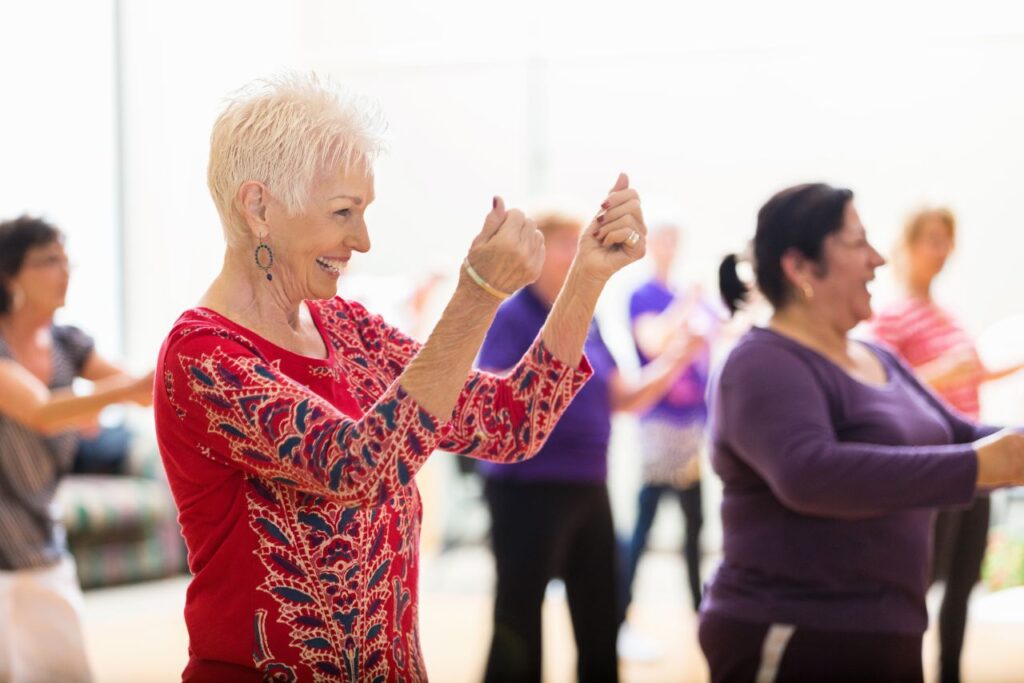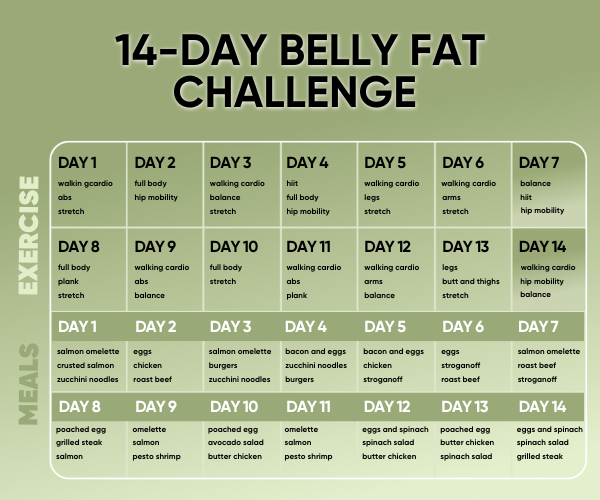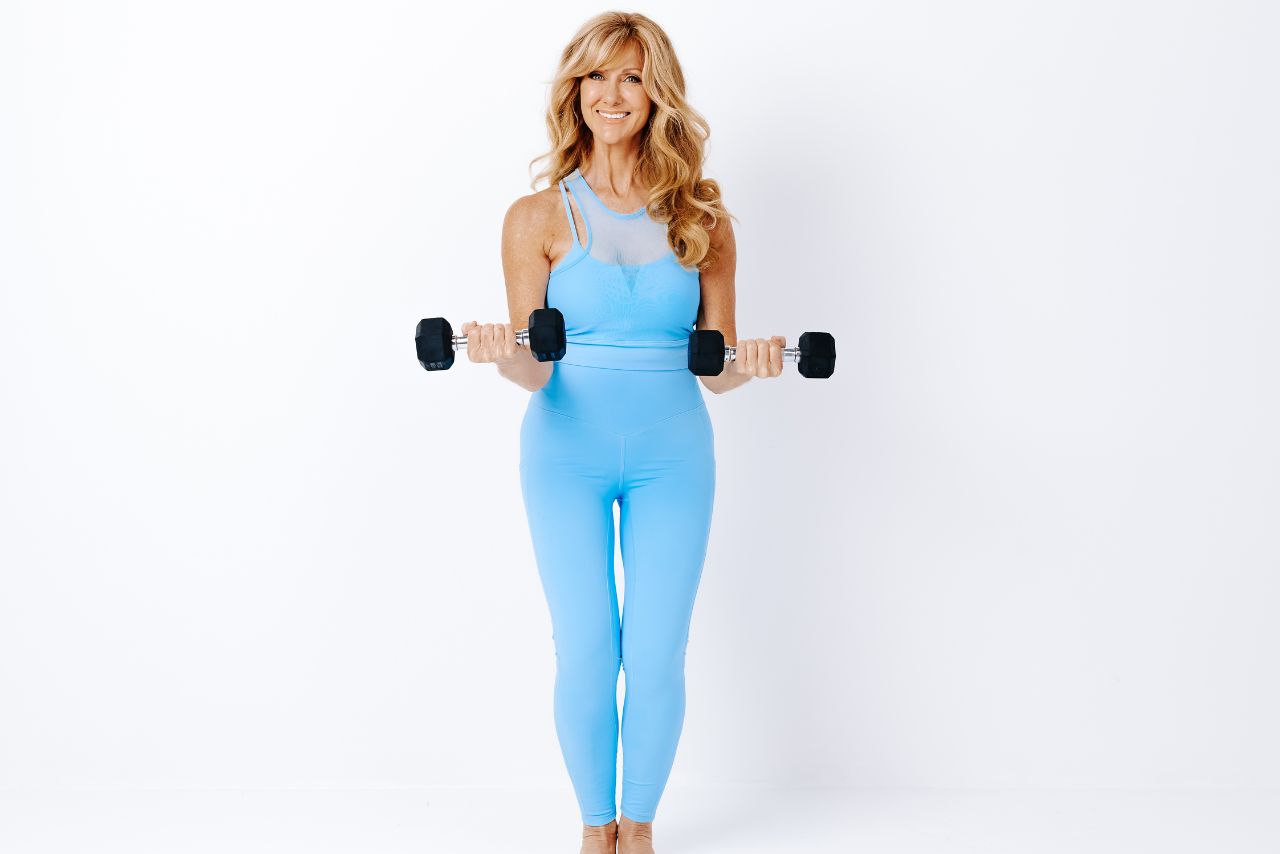
Every magazine rack tells you how to tone arms or flatten bellies, yet very few explain how to strengthen the brain, which is your most important muscle of all.
For women over 50, keeping their minds sharp is just as important as keeping their bones and joints strong. Daily forgetfulness, pauses in the middle of sentences, and “Where did I put my keys?” moments are normal, but they don’t have to happen.
A daily routine for brain health can make everything you do more clear, confident, and fun. And you already have all the equipment you need.
Research shows that targeted mental and physical challenges can build “neural muscle” at any age.
Let’s explore the key brain regions that control decision-making, memory, navigation, motivation, and coordination. Each section has two exercises that have been shown to improve brain health. You can do these exercises every day without any apps, pills, or expensive gadgets.
1. Prefrontal Cortex For Your Decision-Making

The prefrontal cortex (PFC) sits just behind your forehead and governs planning, focus, impulse control, and judgment—the executive skills that help you steer the day.
Scientists have linked regular meditation to increased blood flow and activation in this area (Deepeshwar et al., 2014).
Exercise 1: Ten-Minute Meditation
Find a quiet spot, set a timer for ten minutes, and breathe naturally while noticing each inhale and exhale. Whenever the mind wanders, gently return to the breath.
Short, consistent practice improved PFC activity in as little as five sessions in an fMRI study from Texas Tech University.
Exercise 2: Strategy Games in Small Doses
Choose a game like chess, Scrabble, Wordle, or sudoku that makes you think about what to do and plan ahead.
Limit your play time to about 30 minutes. A study from the University of Oxford found that moderate daily gaming is good for your wellbeing, without making you tired or using your screen too much.
READ ALSO: 10 Fun and Engaging Activities to Keep Your Brain Sharp In Your 50
2. Temporal Lobes For Your Memory & Mood

The hippocampus, which stores new memories and helps keep emotions in check, is in the temporal lobes, which are located below the temples.
According to a famous study of London taxi drivers, learning all 25,000 city streets by heart made their hippocampi bigger over time (Maguire et al., 2000).
Exercise 1: Daily Memory Stretch
Recite a fresh poem stanza, the order of U.S. presidents, or a new grocery list every day. Repetition plus novelty stimulates hippocampal growth, say researchers at University College London.
Exercise 2: Learn a Musical Instrument
Any instrument will do, like a keyboard, ukulele, or hand drums. A German cross-sectional MRI study found that adults who played an instrument for six months worked out all parts of their brain, including the temporal lobes, the prefrontal cortex, and the cerebellum.
READ ALSO: Feeling Foggy? Try These Brain-Boosting Foods If You’re Over 50
3. Parietal Lobes For Your Spatial Reasoning

In the back of the brain, high up, are the parietal lobes, which handle touch, numbers, and where you are in space. A groundbreaking study found that beginners aged 40 to 60 who played golf for 40 hours increased the amount of gray matter in the parietal–occipital junction (Bezzola et al., 2011).
Exercise 1: Paper Map Day
Once a week, switch off GPS. Find your way to a place you’ve been before by using a paper map or drawing a simple one yourself. Researchers have found that the detour improves both spatial memory and the ability of the parietal lobe to change shape.
Exercise 2: Math Play
Sudoku, Ken-Ken, or a five-minute mental-math drill engages the lobes’ number-crunching circuits. When you do math puzzles and do some light movement, like pacing, you activate two times as many brain and sensory networks.
4. Basal Ganglia For Your Motivation & Balance

The basal ganglia is a part of the brain that controls habits, anxiety, and coordinated movement.
A 2024 review in NeuroRegulation found that activities like yoga and tai chi that test your balance and whole-body timing make your basal ganglia work better and lower your stress hormones.
Exercise 1: One-Leg Stance Brush-Up
While brushing your teeth, stand on one leg for 30 seconds, then switch. You’ll activate the stabilizer muscles and the neural circuits that control posture and body awareness, which are both very important for keeping you from falling.
Exercise 2: Flow Yoga Sequence
A ten-minute sun-salutation flow links breath and motion. According to researchers at Harvard, mindful movement enhances dopamine signaling in the basal ganglia, which boosts mood and motivation.
READ ALSO: Brain Health Breakthrough: Boost Your BDNF Levels to Stay Sharp and Youthful
5. Cerebellum for Your Coordination

Nestled at the base of the skull, the cerebellum fine-tunes motor skills and thought sequencing.
Fast-response sports, like table tennis, make cerebellar networks and whole-brain networks lighter. A study in Korea of older adults found that playing table tennis twice a week for eight weeks improved their reaction time and overall brain function.
Exercise 1: Dance the New Step
Sign up for salsa, line dancing, or online tutorials that teach fresh choreography. The cerebellum has to sync up the limbs with rhythm, and new footwork helps keep the white matter healthy.
Exercise 2: Pickleball Rally
The low-impact nature of this sport makes it great for women over 50 who like to socialize and learn new skills. An 8-week pickleball program helped older women’s balance, gait, and social interactions a lot.
READ ALSO: 10 Simple Daily Habits to Keep Your Brain Sharp After 50
How to Make Brain Exercise a Daily Habit

Getting your brain in shape every day is easier if you can fit it into activities you already enjoy. You should set a 15-minute “brain date” on your phone.
Schedule activities so that all five areas get some attention each week. Switching between different activities keeps you from getting bored and also makes sure that your brain is getting a balanced workout, like when you work out your legs and then your arms.
It’s also important to be socially accountable. Get your friend to join an online chess league, a tai-chi class on the weekends, or a text message exchange of new poem lines.
Studies have shown that learning with others makes the basal ganglia’s motivation circuits stronger and releases feel-good chemicals that make the habit loop stronger.
Fuel, Rest, and Repair: The Recovery Side of Brain Strength
No muscle grows without recovery, and the brain is no exception. Sleep consolidates new neural connections; aim for seven to eight hours nightly.
For even better results, eat a Mediterranean-style diet full of omega-3s, leafy greens, and berries. These are foods that a long-term Nurses’ Health Study group found to help slow down cognitive decline.
Hydration keeps electrical signals firing smoothly, while mindful breaks prevent information overload.
A five-minute breathing break or a short walk between tasks can lower cortisol, which gives neural tissue time to rest and reorganize after working hard.

Final Thoughts
A sculpted mind is built much like a sculpted body: by stressing every part just enough, then allowing it to recover and grow stronger.
You can give your brain the cross-training it needs by giving it simple, fun problems to solve in the prefrontal cortex, temporal lobes, parietal lobes, basal ganglia, and cerebellum.
It will improve your memory, keep your mood stable, speed up your reflexes, and boost your confidence every day. This is a powerful mix for women over 50 who want to live full, independent lives.
Choose one exercise from each section and do it a few times a week. Within a month, you’ll notice that tasks become clearer, names come to mind more quickly, and your sense of direction improves.
You can see that your stronger brain is at work. This is proof that you can always strengthen your brain and improve its health every day.
♡ Love ♡,
Schellea



















